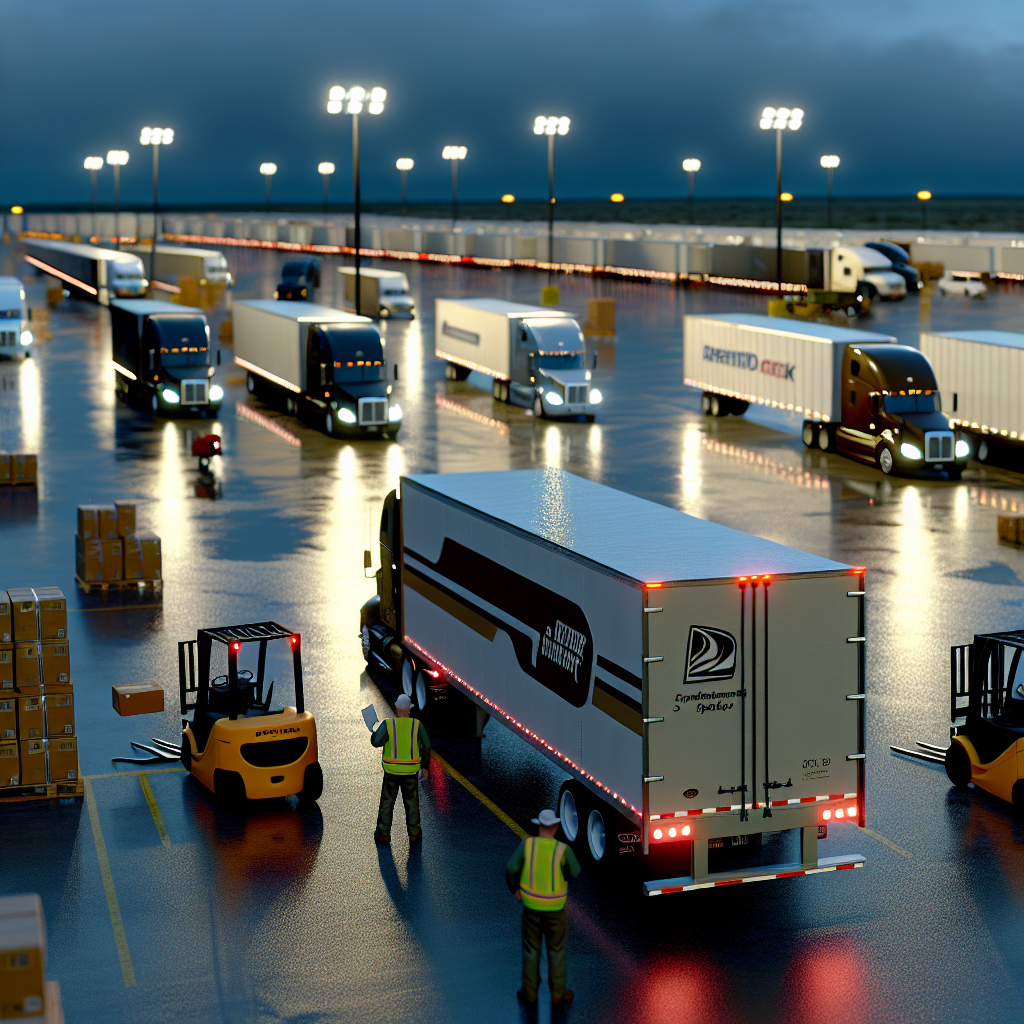Amazon’s latest move to channel $1.9 billion into its Delivery Service Partner network arrives just as the company posted a stronger-than-expected third quarter on October 30, 2025 — a pairing that underscores how central last mile is to both its growth story and cost discipline heading into peak season. While the capital infusion targets the small businesses that run blue vans on Amazon’s behalf, the earnings print shows the broader engine firing: net sales rose 13% to $180.2 billion and earnings hit $1.95 per share, outpacing Wall Street and lifting shares after hours.
For trucking and final‑mile operators, the timing matters. Amazon is signaling it will keep leaning on contracted last-mile capacity rather than shifting volume back to the big integrators — even as the parcel landscape resets. UPS, for example, revealed October 28 that it has shut daily operations at 93 buildings and cut roughly 48,000 jobs year to date while purposely dialing down lower‑yield Amazon work on its network. That pivot improved revenue per piece and margins but also cements a long-run share move of e‑commerce parcels away from common carriers and deeper into Amazon’s own ecosystem of DSPs and middle‑mile corridors.
The financial backdrop helps explain why Amazon can push harder on its delivery footprint now. Cloud profits are financing speed: Amazon Web Services accelerated to 20% growth in Q3, reaching about $33 billion in sales — its fastest clip since 2022 — and helping power a double‑digit earnings beat. Management guided fourth‑quarter revenue to $206–$213 billion, reinforcing that the company expects elevated demand and is willing to spend to defend delivery speed and reliability in the holiday rush.
Amazon is also widening its service promises beyond traditional metro cores. In tandem with the earnings run‑up, executives highlighted near‑term goals to double rural same‑day and next‑day coverage and extend perishable grocery delivery to about 2,300 communities by year‑end. For regional carriers and cross‑dock providers, that signals more short‑haul middle‑mile moves into smaller towns, tighter dispatch windows, and inventory pushed closer to end customers — a network design that favors dense route planning and depot‑level flexibility over long trunk hauls.
The same week, Amazon confirmed it will eliminate roughly 14,000 corporate roles to streamline decision‑making as capex continues to tilt toward AI and infrastructure. The headcount shuffle won’t touch delivery associates directly, but it does indicate where dollars are heading: automation, data centers, and logistics technology that can squeeze minutes out of routes and reduce exceptions at the curb. For DSP owners, that typically shows up as improved mapping, dynamic routing and faster issue resolution — and for trucking partners upstream, steadier pull signals from fulfillment to station.
Contrast that with UPS’s posture coming out of its own third‑quarter update two days earlier. By pruning facilities and labor while prioritizing “revenue quality,” UPS is building a leaner network that prices peak capacity more tightly — an approach that could raise comparative last‑mile costs for shippers that lack Amazon‑style captive capacity. As Amazon’s DSP investment scales through peak, competitive pressure may intensify on independents that depend on national carriers for overflow, and on retailers that can’t aggregate enough volume to warrant dedicated partners or same‑day nodes.
What to watch next for trucking: First, whether Amazon’s Q4 guide translates into higher linehaul tender volumes on short‑to‑medium runs feeding rural delivery stations. Second, how UPS’s building closures and labor reductions alter spot opportunities for contract carriers in markets where Amazon gains share via DSPs. And third, whether the holiday push validates Amazon’s thesis that insourcing last mile via small‑business partners is the lowest‑cost way to defend one‑ and two‑day promises outside the top 50 metros — the battleground where brick‑and‑mortar rivals have historically enjoyed an edge.
Sources: FreightWaves, AP News, Financial Times, UPS Investor Relations, The Guardian, Business Insider
This article was prepared exclusively for TruckStopInsider.com. Republishing is permitted only with proper credit and a link back to the original source.





